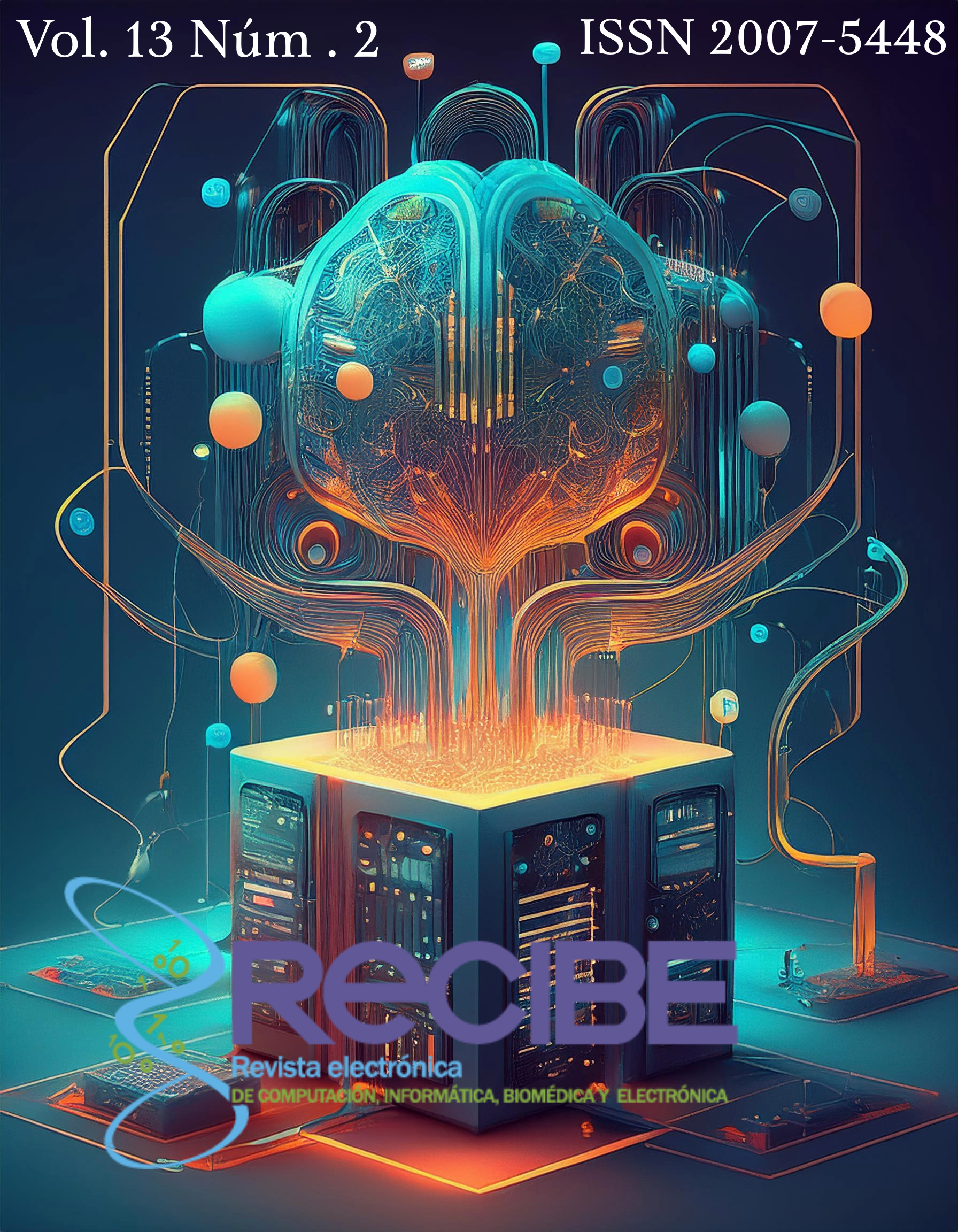Generation of Autonomous Behaviors for Virtual Environments Based on Steering. Case Study: Space Evacuation in Risk Situations.
DOI:
https://doi.org/10.32870/recibe.v13i2.328Keywords:
agents, steering behaviours, virtual reality, evacuationAbstract
Virtual environments are widely utilized tools for the development of medical, industrial, educational, and entertainment training systems, among others. Technological advancements enable virtual environments to be realistic, allowing user interaction for task adaptation or improvement. Artificial intelligence proposes the creation of autonomous entities capable of accompanying users by interacting with them to achieve objectives. Hence, the development of autonomous systems that can effectively interact and adapt to users and their environment, exhibiting realistic behavior similar to the real world. In this article, a methodology is proposed for implementing autonomous behaviors in virtual entities (virtual environments) based on a combination of artificial intelligence and steering flows. The goal is to exhibit behaviors during the evacuation of high-risk zones, allowing anticipation of potential contingencies and enabling humans to respond appropriately in such situations. The results obtained using the proposed methodology demonstrate desired behaviors in confined space evacuation, as well as different types of formations that are challenging to handle using steering techniques.References
Aguilar, J. A. H., Goldberg, I. R., Dıaz, J. C. Z., and Toledo, L. (2018). Implementación de agentes mediante máquinas de estado finito de comportamiento (mefc) aplicados a la simulación de multitudes. Research in Computing Science, 147(8):175–188.
Amor, H. B., Murray, J., Obst, O., et al. (2006). Fast, neat, and under control: Arbitrating between steering behaviors. AI Game Programming Wisdom, 3:221–232.
Camargo Boyacá, M. E. (2019). Herramienta de simulación basada en agentes para la evacuacio´n de edificios e instalaciones. Departamento de Ingeniería de Sistemas e Industrial.
Christie, M., Yannakakis, G. N., and Saldamli, G. (2015). Hybrid steering behaviors for autonomous virtual characters. In Proceedings of the 2015 Annual Symposium on Computer-Human Interaction in Play, volume 2015, pages 157–166. Citeseer.
Clemente, A. Q., Furlong, H. A. D., Rivera, V. G., and Gonzalez, J. J. C. (2018). Máquina de estados finita con comportamientos de dirección para manipular agentes de juego redcell. Research in Computing Science, 147(8):55–67.
Laumond, J.-P., Pettré, J., Gallardo, J., and Lapeyre, M. (2011). A survey on steering behaviors for virtual characters. In Computer Graphics Forum, volume 30, pages 151–168. Citeseer.
León Guerra, R., Torres Menéndez, F., Padilla Cuenca, J., and Nápoles Ávila, I. (2013). Entorno virtual para gestionar modelos 3d de piezas y mecanismos. Revista Ciencias Técnicas Agropecuarias, 22(4):69–74.
Lin, M. C., Otaduy, M. A., Manocha, D., and O’Sullivan, C. (2002). Real-time steering behaviors for virtual humans. In IEEE Computer Graphics and Applications, volume 22, pages 42–50. Citeseer.
Martínez Gutiérrez, M. A. (2021). Juego de estrategia en tiempo real con agentes inteligentes y planificación. tesis, Universidad Politécnica de Valencia.
Reyes, J. d. J. A., Ortega, J. A. Z., Buñuelos, C. M., Ramírez, A. M., and Hernández, C. I. M. (2014). Desarrollo de un entorno virtual tridimensional como herramienta de apoyo a la difusión turística de la zona arqueológica de teotihuacán. Acta Universitaria, 24(4):34–42.
Reynolds, C. W. et al. (1999). Steering behaviors for autonomous characters. In Game developers conference, volume 1999, pages 763–782. Citeseer.
Thalmann, D., Musse, S. R., and Pelechano, N. (2007). Crowd simulation using steering behaviors. In Computer Animation and Virtual Worlds, volume 18, pages 3–16.


